Covering U.S. Higher Education in 2025: A Guide for Foreign Correspondents

U.S. universities have long been global hubs for research, innovation, and international exchange. But in 2025, the landscape of American higher education is experiencing unprecedented strain. From political interference and budget cuts to visa challenges and student unrest, universities are becoming key battlegrounds in wider national debates.
For foreign correspondents, understanding what’s happening on college campuses is not just about education—it’s about the future of immigration, freedom of speech, public funding, and international collaboration. This guide outlines the main developments and what journalists covering U.S. higher education should be prepared to track.
1. Political Pressures and Federal Interventions
The current administration has made American universities a focal point of political discourse. Federal officials have launched investigations into dozens of institutions, accusing them of fostering biased ideologies or allowing unrest to escalate. Some high-profile universities have seen their federal funding frozen or reduced due to these allegations.
In some cases, universities are being pressured to change curriculum oversight, revise speech policies, or comply with controversial demands regarding terminology or event participation. The result is a climate of tension between academic independence and political authority.
Correspondents should be aware that political rhetoric is now shaping education policy at the highest levels. Universities are no longer neutral institutions; they are being pulled into America’s ideological and cultural battles.
2. Financial Stress Across the System
Financial sustainability is a growing concern, even for elite institutions. Some top-tier universities are taking extraordinary financial steps—borrowing, downsizing, or restructuring—to offset the loss of federal and state support.
Meanwhile, smaller and mid-sized colleges, particularly in rural or low-enrollment areas, are at risk of closure. The decline in traditional college-age populations, combined with rising operational costs, has pushed several institutions to merge or shut down altogether.
For reporters, this is an opportunity to explore regional disparities. The education experience at a small liberal arts college in the Midwest may be starkly different from that of an Ivy League campus on the East Coast. Understanding how funding impacts these institutions differently is key to telling a comprehensive story.
3. New Challenges for International Students and Scholars
Historically, the United States has been a top destination for international students. That status is now under threat. In 2025, new visa restrictions and deportation risks have made studying in the U.S. more difficult for non-citizens.
Some students have had their visas revoked after participating in campus protests. Others face tighter scrutiny during visa renewals or when applying for research fellowships. International researchers, too, are encountering hurdles, especially those in sensitive fields like artificial intelligence or biotechnology.
Foreign correspondents should pay attention to how this climate is affecting student diversity, international research collaboration, and the broader reputation of U.S. academia abroad.
4. Student Unrest and Free Speech Tensions
Student activism has resurged, particularly around issues such as racial justice, foreign policy, climate change, and institutional accountability. Protests are more frequent and often more contentious, with students demanding action from administrators and pushing back against perceived censorship or political interference.
At the same time, universities face increasing pressure to regulate speech—both from the government and from within. Debates over who gets to speak on campus, what counts as hate speech, and how universities respond to controversial speakers are part of a larger national conversation about freedom of expression.
Reporters should understand the language of these debates, follow student-led movements closely, and track how different campuses are managing protest and discipline policies.
5. Delays and Inequities in Access
Another key story for 2025 is access—especially for students from low-income or first-generation backgrounds. Some colleges are dealing with financial aid processing delays and underfunded scholarship programs. Others are struggling to retain students, particularly those with average academic performance who are at risk of dropping out.
Retention rates have become a quiet crisis, especially at public universities and community colleges. Many students are facing housing insecurity, mental health struggles, and part-time work demands, which affect their academic progress.
For correspondents, highlighting the human stories behind the statistics—the students caught in institutional gridlock—is just as important as reporting on national education policy.
6. What This Means for Foreign Correspondents
Covering U.S. universities today means thinking beyond education. It involves:
Following legislative and executive actions that target higher education
Watching how financial instability reshapes institutional missions
Tracking immigration shifts and their impact on global student mobility
Paying attention to protest dynamics, security policies, and campus culture
Understanding how universities are redefining their global role in research, diplomacy, and human rights
Universities are mirrors of American society—and in 2025, that reflection is sharper than ever.
7. How to Report Effectively on This Beat
Speak to a range of voices: university administrators, faculty, domestic and international students, and advocacy groups.
Visit campuses beyond the headlines to get a sense of real conditions and mood.
Analyze budget documents, policy memos, and board meeting records—many are publicly available and tell deeper stories.
Stay informed about the Department of Education’s latest directives and how different states are interpreting them.
Understand that “higher education” is not a single entity. A public university in Texas may operate under a very different political and financial framework than a private college in New York.
The future of U.S. higher education is uncertain, but one thing is clear: it remains a vital space for journalistic inquiry. For foreign correspondents, the university campus is not only a place to report on academic developments—it is a frontline for some of the most important debates shaping America and its role in the world.
